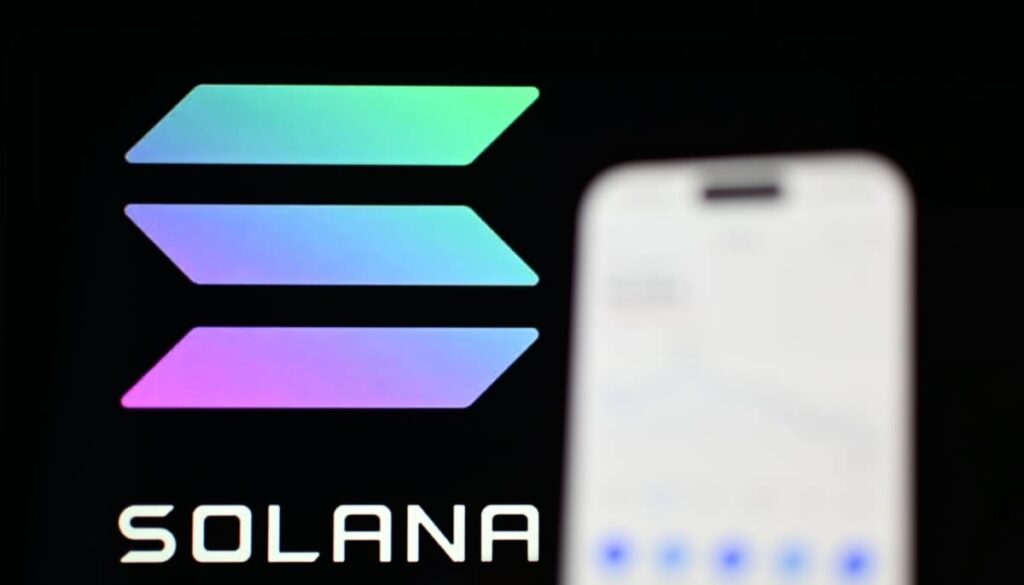
Introduction
In the rapidly evolving world of blockchain and cryptocurrencies, Solana has emerged as a significant player. Launched in March 2020, Solana is a high-performance blockchain that is gaining attention for its scalability and efficiency. As more projects adopt decentralized technologies, understanding Solana’s role and capabilities becomes essential, especially for developers and investors looking to navigate this complex landscape.
The Significance of Solana
What sets Solana apart from other blockchain platforms is its ability to process transactions at lightning speed. According to the Solana Foundation, the network can handle over 65,000 transactions per second (TPS) at a minimal fee of around $0.00025 per transaction. This remarkable throughput is made possible by its unique consensus mechanism, called Proof of History (PoH), which timestamps and orders transactions in a way that enhances efficiency.
Additionally, Solana’s architecture is designed to avoid the scalability problems that have plagued many existing blockchains. With the rise of decentralized applications (dApps) and the growing interest in decentralized finance (DeFi), Solana’s quick processing speeds and low costs offer a compelling alternative to slower networks like Ethereum.
Recent Developments and Events
In recent months, Solana has experienced substantial growth, with a surge in the number of projects utilizing its blockchain. As of October 2023, over 1,000 projects have been launched on the platform, ranging from NFT marketplaces to DeFi protocols. Notably, Solana has also seen significant backing from venture capital, with investments from firms like Andreessen Horowitz, which further validates its potential in the crypto ecosystem.
Moreover, the Solana community has been active in enhancing the platform through regular updates and improvements. The network has successfully navigated challenges like outages and increased congestion, which have posed risks for many blockchain platforms, thereby gaining further trust among users and developers alike.
Conclusion
As blockchain technology continues to mature, Solana is positioning itself as a leading option for developers and businesses looking to leverage decentralized solutions. With its extraordinary transaction speeds and low costs, it may very well redefine how applications are built and interact with users in the future. Looking ahead, analysts anticipate Solana’s continued expansion, especially as it maintains robust community support and a growing ecosystem of applications. For anyone considering involvement in the blockchain space, keeping an eye on Solana will be crucial as it pushes the boundaries of what’s possible in decentralized technology.

